1. FedEx – When It Absolutely, Positively Has to Be There Overnight
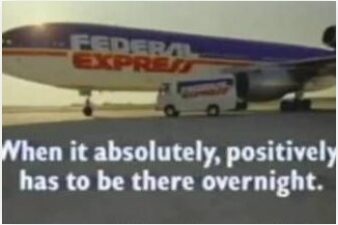
People weren’t buying it at first. Overnight delivery in the 1970s sounded more like a hopeful wish than a real service. But FedEx built its reputation on doing exactly that. With its own fleet of planes and a revolutionary hub system, FedEx pulled off what most thought impossible. By 1981, it was already delivering tens of thousands of packages overnight. It wasn’t just a slogan. It was the start of what fast shipping looks like today. FedEx didn’t just keep its promise, it changed the game for good and set the bar everyone else had to catch up to.
2. Nike – There Is No Finish Line
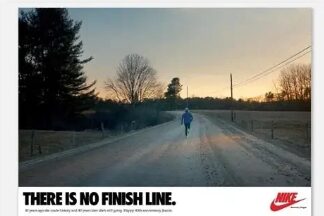
At the time, it sounded more like a line from a self-help book than a sports brand. But Nike had tapped into something bigger than running shoes. The idea that fitness isn’t a destination but a journey became part of everyday thinking. Nike’s ads showed regular people pushing themselves, not just athletes chasing medals. It helped shape the boom of personal wellness and the rise of casual fitness culture. The line made sense in every context from marathons to morning walks. It wasn’t just clever marketing. It was the start of a movement that never really had to end.
3. M&M’s – Melts in Your Mouth, Not in Your Hand
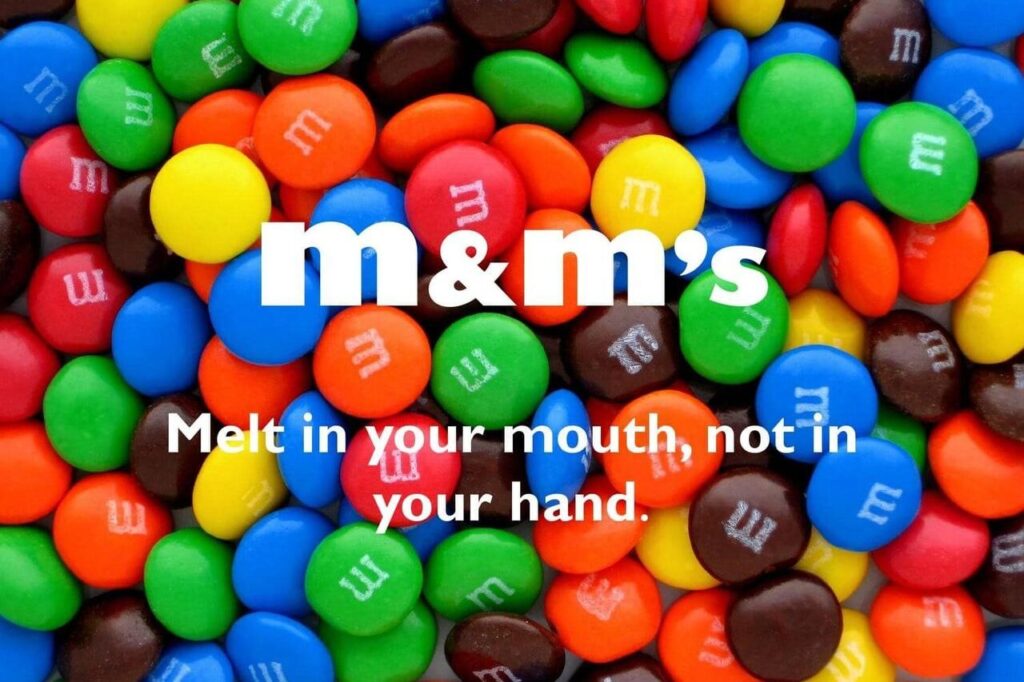
It felt too good to be true. Candy that doesn’t melt in your hand? That’s a stretch, right? But M&M’s proved it. Their hard candy shell did exactly what it promised. Originally designed during World War II for soldiers needing mess-free chocolate, the sugar coating helped prevent melting under pressure. The military even placed big orders because of it. That little candy with a protective coat became a household favorite for the same reason. What sounded like a fun rhyme was actually rooted in function. Turns out, the colorful candy really did know how to keep its cool.
4. Apple – 1,000 Songs in Your Pocket
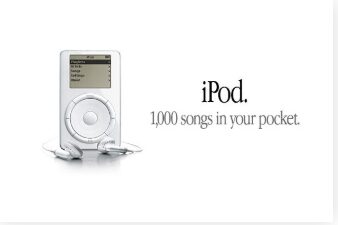
It was a bold claim in 2001. At a time when most people still carried bulky CD players or scattered burned discs, Apple promised something almost unreal. The iPod delivered just that. A tiny, sleek device with a click wheel and a clean design gave you access to an entire music collection. It wasn’t just hype. Tech reviewers confirmed that the iPod could easily hold and organize a thousand songs. It felt like a digital miracle. In one sentence, Apple captured a moment that reshaped how we interact with music. That little white device really did change everything.
5. Maxwell House – Good to the Last Drop
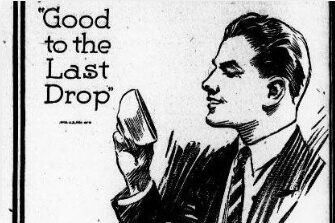
It sounded like something your grandparents would say out of loyalty. But for a lot of people, Maxwell House really did hit the spot. The slogan supposedly came from President Theodore Roosevelt, who reportedly used those exact words after sipping a cup. While that story’s been debated, the coffee’s reputation for smoothness stuck around. In blind taste tests, many drinkers ranked it among their most satisfying everyday brands. For budget coffee, it kept a strong following. It wasn’t fancy, but it didn’t need to be. Some things just stay comforting from start to finish, especially in a warm mug.
6. Bounty – The Quicker Picker Upper
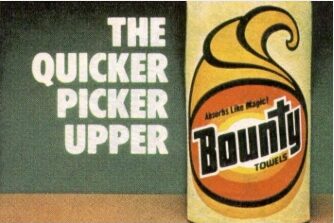
It sounded playful, maybe even a little childish. But Bounty didn’t just rhyme well. It proved it could clean better and faster. Time and again, absorbency tests showed that Bounty soaked up more than its rivals. The company backed it with science, and consumers backed it with repeat purchases. A jingle that could’ve been forgotten turned into a household staple. In kitchens, classrooms and mess-prone homes everywhere, the roll with the silly name delivered real results. What sounded like a sing-song line became a trusted badge of quality. Sometimes the most playful promises are the ones that stick longest.
7. Energizer – It Keeps Going and Going and Going
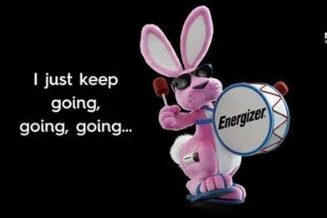
The bunny was cute, but did the battery really last longer? As it turns out, yes. Especially in devices that needed steady, low-drain power like remote controls, Energizer batteries regularly outperformed the competition. Consumer tests showed that it often outlasted rivals in real-world usage. The phrase became a pop culture reference, but it wasn’t just an exaggeration. That steady drumbeat was based on performance, not just punchlines. What started as a cheeky ad became a legitimate selling point. Sometimes the quietest products make the biggest noise over time just by living up to the hype.
8. Ivory – 99 and 44/100% Pure
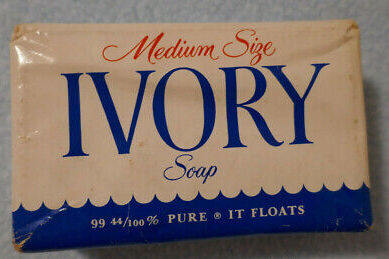
It sounded almost too technical to be real. Who says “99 and 44/100 percent” of anything? But Ivory soap backed it up with chemistry. A lab test in the 1800s showed that unlike other soaps of the time, Ivory was nearly pure soap with almost no additives. That level of cleanliness became its key selling point. Even better, it floated. People loved that they could easily find it in the tub. The slogan seemed strange at first, but it stuck because it was true. In a world full of vague marketing, exactness somehow made all the difference.
9. Alka-Seltzer – Plop Plop, Fizz Fizz, Oh What a Relief It Is
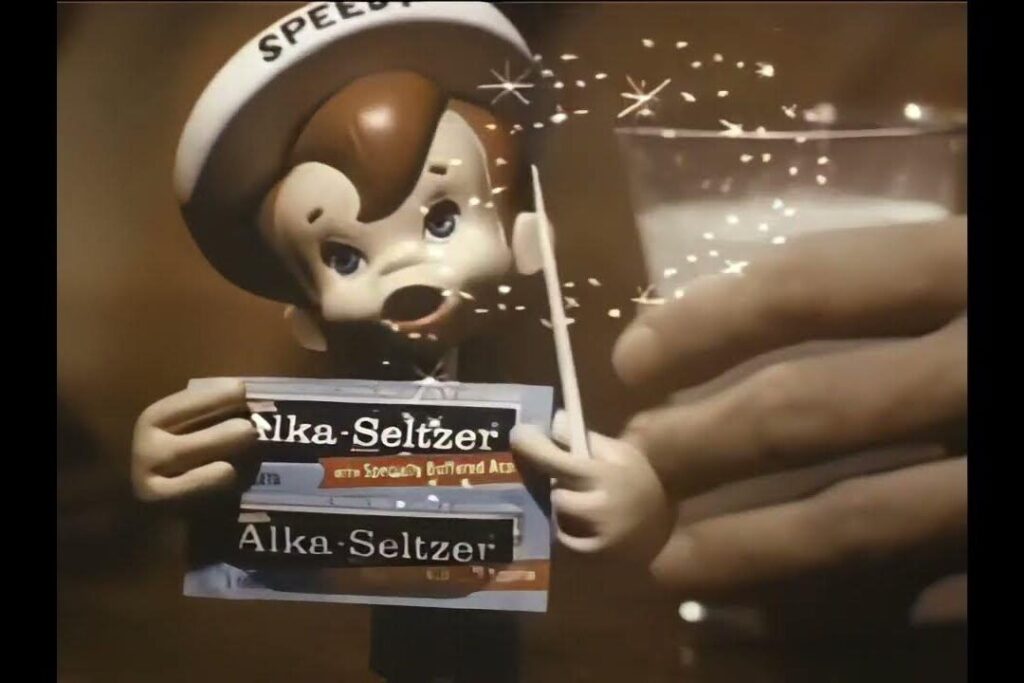
It felt more like a cartoon than a cure. But Alka-Seltzer worked. With a combination of aspirin, sodium bicarbonate and citric acid, it helped calm stomach troubles and relieve headaches fast. The fizz made it seem playful, but it also sped up absorption. People felt results quicker than with plain pills. It became the go-to remedy for hangovers, heartburn and everything in between. The silly song made it memorable, but the real relief is what made people come back. What started with bubbles and a jingle ended with real results. And sometimes, that’s all the proof you need.
10. Gatorade – It’s Got What Plants Crave
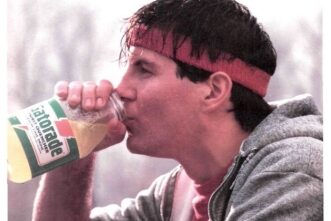
Yes, that quote was from a comedy movie, not an ad. But Gatorade’s real claim actually had substance. Developed in the 1960s by researchers at the University of Florida, it was made to help athletes rehydrate and recover faster. The formula included water, sugar and electrolytes, especially sodium and potassium. Scientific studies confirmed that it helped maintain endurance in hot weather and heavy workouts. While plants probably don’t need it, humans performing under pressure sure did. What started on a football field grew into a billion-dollar hydration empire. Even the jokes couldn’t shake the science behind it.
11. Verizon – Can You Hear Me Now
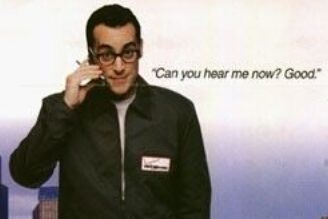
It was repeated endlessly and quickly became a meme. But Verizon earned that line. For years, it led coverage rankings in third-party tests. Publications like PCMag and RootMetrics consistently found Verizon’s network reached more areas with fewer dropped calls. While rivals caught up eventually, Verizon’s early lead made the line more than just catchy. It gave people real peace of mind. The phrase turned into a shared experience for anyone who had ever walked around the house waving their phone in the air. It wasn’t just clever. It was a question people stopped asking once they switched.
12. Apple – Think Different

Some rolled their eyes at the grammar. Others questioned the vagueness. But Apple leaned into it and followed through. The slogan launched a campaign that featured thinkers like Einstein and Gandhi, connecting the brand to creativity and innovation. It came just before a wave of major releases that changed the tech landscape, from the iMac to the iPod to the iPhone. Apple became the brand of choice for designers, students and entrepreneurs. The words once dismissed as hollow ended up defining a generation of products and users. Sometimes, thinking different really is what makes all the difference.
This story 12 Advertising Slogans That Sounded Lame, But Turned Out Brilliantly was first published on Daily FETCH


